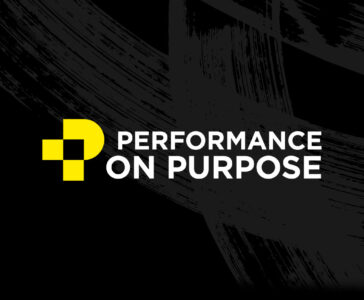Great partnerships are essential to real estate management teams responsible for millions of square feet of corporate real estate. Learn what they say are three key ingredients to being a great partner.
The current state of corporate real estate management
At the CoreNet Global panel discussion about real estate operating models, executives from Travelers, CIGNA and Alexion Pharmaceuticals discussed the challenges that come with managing 10’s of millions of square feet real estate.
Getting the biggest impact for dollar spent is the name of the game for corporate real estate management teams.
It was no surprise that none of the organizations managed their real estate portfolios with a cost reduction model. Instead, they used a management model based on efficiency and effectiveness. What mattered most was how effective real estate dollars were being utilized to achieve organizational objectives. Chief among them:
- The ability to better serve customers
- Attracting and retaining critical talent
- Enhancing workforce productivity and innovation
For CIGNA optimizing utilization of real estate is essential, so enhancing occupancy rates is critical. For Alexion, it is all about serving the patient, so proximity to those they serve is a critical factor to their real estate investments. For Travelers, optimizing work style and workplace is paramount. Getting creative about how to design space that was equally productive for full-time employees and contracted teams is critical. Even with the diverse needs of these three organizations, they see real estate as essential to meeting their organizations objectives.
Lean and mean
Having organizational objectives the target performance metric for these teams make it essential that they are involved as early as possible in their organizations strategic conversations. And because these real estate management teams are small and nimble, (teams were 20 people or less) they can’t do everything and focus most of their time on the first two of three essential functions:
- Strategy – how to use real estate to accomplish organizational objectives
- Planning – acquiring and aligning teams and project planning
- Execution – the design, development and management of real estate assets
Essential attributes of a great partner
When it comes to the execution of these projects, real estate management teams rely heavily on their partners that include, engineers, architects, construction companies, furniture and IT among others to help plan and execute their projects. One point of interest is that each company see IT as one of the most costly and complicated parts of each project, and as such include those teams earliest in the process due to the long planning lead times.
When asked what are the most essential elements each team looks for when selecting a partner, all three companies agreed on the following:
1) Adaptability:
Cultural and process fit are important elements of a good partnership, but the partner really needs to adapt themselves to their client effectively first.
The group mentioned they like to partner with organizations that take the time to understand their culture and adapt well to it. Also, they prefer to have organizations work with their process first, then over time, suggest improvements as the relationship builds.
2) Innovativeness:
Teams rely on their partners to give them a competitive advantage through applicable innovative ideas.
These teams rely heavily on their partners to help them stay competitive and state-of-the-art when it comes to how they approach planning and execution. However, it is critical the partner put any ideas into the context of how it relates to the objectives of their client.
3) Experience:
Great partners know their client and share relevant knowledge that will help them meet their objectives.
It was echoed by the team how important it is their partners know and understand them and their objectives. These teams acknowledge they are not the experts on every facet of execution and count on their partner’s to go beyond just doing the job and help them succeed.
Are you partnership material?
The attributes of a great partner stated above are, for the most part, motherhood and apple pie. Who wouldn’t want those elements to be true about who they partner with? However, it is surprising how few organizations in the AEC space are actually in this kind of relationship with their client. More often then not, it’s all about responding to the RFP and getting the job done. This leaves those who just get the job done wondering why they don’t get invited back, or worse, never invited to the table in the first place.
To be a successful partner it seems these questions should be the basis for an ongoing conversation with your client:
- What are the objectives of my client? Does every member of my team know, understand and act on behalf of those objectives?
- What would need to be true about this project that would have it be seen as a success by my client and by their organization? Are we bringing to their attention anything that could hinder that success, including what we are doing?
- To be a good partner, what are the unique cultural and process aspects of my client’s organization I need to be aware of and adapt to? How well are we adapting according to my client?
- What ideas could I bring to my client that they not only see as valuable, but applicable? Am I seen as a provider of value beyond getting the job done?
And to attract these kinds of partnership opportunities you should be asking yourself
- Am I having the kinds of conversations and am I in the kinds of relationships I need to be in to be seen as partnership material?
About Brent
Brent works with leaders to design futures worth fighting for. A partner at Fathom, he champions an approach to strategic planning, employee engagement, leadership succession and market differentiation that prioritizes people and relationships. As a result, his clients don’t simply plan their futures, they bring them to life through the energy of organization-wide involvement in, and commitment to, generating valuable businesses that matter.
Want more from Fathom?
Sign up to receive updates about our articles.


